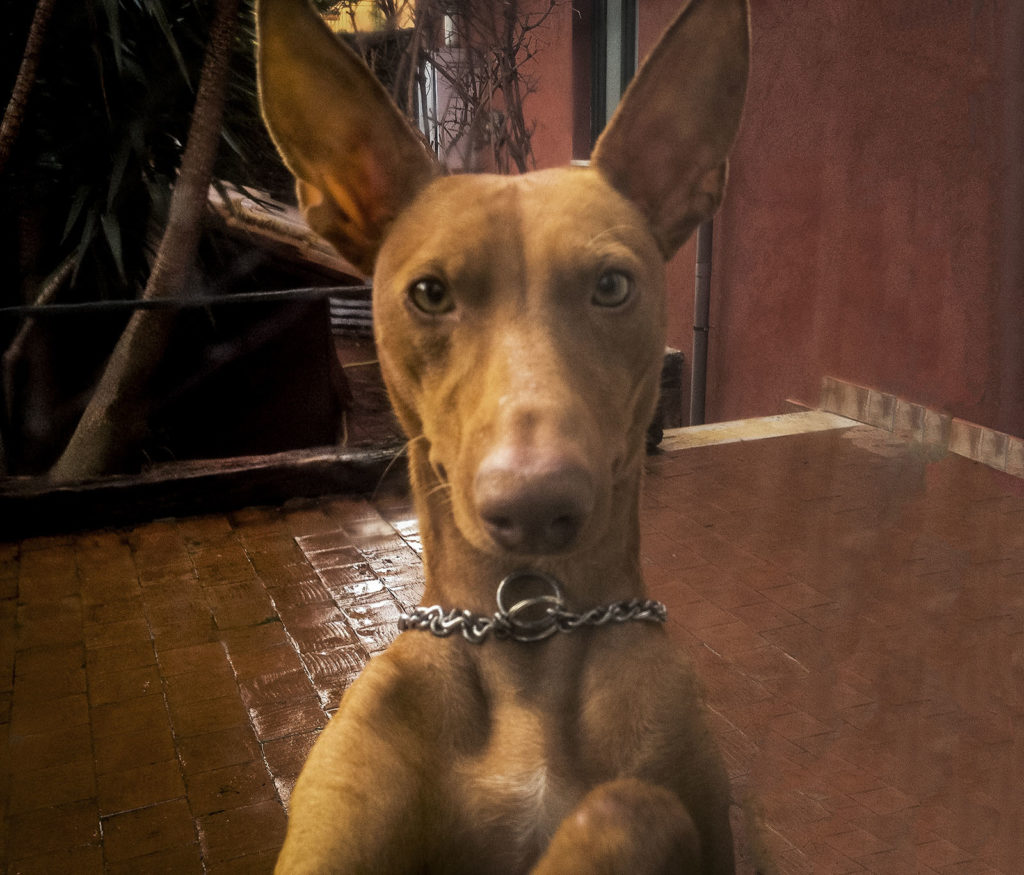Etna’s fauna must coexist with the moods and upheavals of the volcano; during its eruptions, especially those at low altitude, it destroys large portions of land and causes death and destruction. In fact, this forces the animals that live there to flee, where they must also survive the
changes made by humankind to the natural environment
. Therefore, it is important to classify the animal species that can be found on Etna, the most common being:
Lacertids: the green lizard, the Italian wall lizard and the gongilo, known locally as tiraciatu. These reptiles are easy to find, especially the Italian wall lizard, on dry stone walls and in the rocks that make up the lava flows.
Snakes: the green whip snake, the European ratsnake, the Aesculapian snake and the asp viper, the only poisonous one, which rarely attacks, preying instead on small mammals, mainly rodents, as well as lizards and birds.
Amphibians: amphibians need an aquatic environment. This important need means they are only present in the foothills of Etna. The most common species is the pool frog.
Birds: there are many bird species, many of which are protected. Some include: the Eurasian sparrowhawk, the buzzard, the kestrel, the peregrine falcon and the golden eagle. Of the nocturnal birds of prey also present in urban areas: the barn owl and the Eurasian scops owl. Finally, we find the tawny owl and the long-eared owl, present only on Etna and not in other areas of Sicily.
Lagomorphs: the rabbit and the hare, both visible in green spaces and around urban centres.
Rodents: the dormouse, the garden dormouse, the black rat, the house mouse, the wild mouse and the crested porcupine
Carnivores: the fox, often present in urban centres and the most popular tourist areas. The weasel, which especially lives around cultivated areas.
A characteristic animal of the volcano, present in Sicily for centuries and a great companion for people, especially hunters, is the Cirneco dell’Etna.
 It is a dog with pointy ears that are wide at the bottom and a slender bearing with long and agile legs that allow it to run at speeds of 45 km/h. This makes it a master at catching hares and rabbits. The Cirneco also has sturdy cushioned paws that make it easy to walk among the volcanic rocks.
It is a dog with pointy ears that are wide at the bottom and a slender bearing with long and agile legs that allow it to run at speeds of 45 km/h. This makes it a master at catching hares and rabbits. The Cirneco also has sturdy cushioned paws that make it easy to walk among the volcanic rocks.